After a few months and a couple of beta versions, Android 11 is now ready not only for Pixel devices, but also handsets from OnePlus, Xiaomi, Oppo, and Realme.
The biggest changes can be found in the Notification Shade, where Google has revamped how it treats notifications from chat and media apps and even enabled users to access their notification history.
While you're waiting for the update to download, here are ten new features to look forward to in Android 11.
- Don't Miss: How to Use Google's Android Flash Tool to Manually Update Your Phone or Recover from a Soft Brick
Eligible Phones
The following phones will be getting the Android 11 update in the coming days:
- All Google Pixel devices except first-gen models
- OnePlus 8 & OnePlus 8 Pro
- Select Oppo phones
- Select Realme phones
- Select Xiaomi phones
- Select Android One phones
For a full list of timeframes for these devices and rumored or confirmed Android 11 updates for other devices, please see our full guide below.
Feature #1. Conversations Section in Notification Shade
Perhaps the biggest change in Android 11 is how the operating system elevates messaging apps and helps them cut through the clutter. The first example comes in the Notification Shade, which now bundles all notifications from chat apps into the Conversations section, which comes ahead of the other sections.
Within the Notification section, you have can even control the priority of messages based on who is sending them.
Feature #2. Persistent Media Player Controls in Quick Settings
While messaging and chat apps get top priority among notifications, controls for music and video apps leapfrog them by hopping into the Quick Settings section of the shade. You can also quickly toggle the output source from the phone speaker to speakers, headphones, or other connected devices.






Moreover, if you find yourself running more than one media app at the same time, the apps won't have their own notification. Instead, they'll share the same space in Quick Settings or the lock screen, where you can swipe to swap between apps.




Feature #3. Smart Home Toggles in the Power Menu
If you have multiple smart home devices that are compatible with the Google ecosystem, you probably share in my frustration of having to navigate to the Google Home app to control them. With Android 11, you can quickly access controls for these devices through the Power menu. For additional controls, the toggles also act as a shortcut to the Home app.
On the downside, the smart home toggles do make the Power menu a bit crowded. Luckily, there's a way to disable them.




Feature #4. Built-in Screen Recorder
Android has supported third-party screen recorders for a while now, but Android 11 now comes with native screen recording that is easily accessible through a Quick Settings tile.
The built-in screen recorder can capture audio from apps as they operate and/or the smartphone microphone, or from neither. In addition, you can specify whether you want finger presses to show in the recording, which is helpful for tutorials.






Feature #5. Disposable Permissions
Over their past few major updates, both Apple and Google have given consumers increased control over the permissions they grant to apps.
In Android 11, Google has added one-time permissions for the microphone, camera, and location. When you select these "this time" permission options, Android will revoke the permissions when the app closes, and the app will need to ask for your permission again the next time the app needs access to one of these sensors.
Feature 6. Expiring Permissions
I have a lot of apps. You probably do, too. Do you know which apps have which permissions? Probably not. Do you have the time to check them all? Also doubtful.
Android 11 has come to your rescue with "auto-reset" of permissions for unused apps, which wipes permissions for dormant apps so that they don't continue to farm data. Once you do return to the app, you can grant the permissions again if you wish.
Feature #7. Chat Bubbles
The other improvement for chat apps comes with native support for chat bubbles. Chat bubbles aren't for everyone. However, if you like them, you can expect to use them more often, as Android 11 brings native support for the UI.
Personally, I migrate back and forth with chat bubbles; sometimes they get in the way, sometimes they are intrusive. Android 11 also makes it easy toggle your preference, though. If chat bubbles aren't on for an app that supports them, all you have to do is tap the expansion icon in the notification pane to pop the conversation into a bubble.

Jon Knight/Gadget Hacks

Jon Knight/Gadget Hacks

Jon Knight/Gadget Hacks

Jon Knight/Gadget Hacks
Feature #8. Resizable Picture-in-Picture
Android has had picture-in-picture (PIP) for a while now, but it has lacked resizeable PIP, which iOS already has. That distinction changes with Android 11, which allows for fine adjustments to PIP window size.




Those are used to iOS's implementation of PIP take note: Android doesn't use a multitouch pinch gesture for resizing. Instead, simply touch one of the corners of the window that are pointing towards the middle of the screen and drag to adjust.
- Don't Miss: How to Play Videos in a Resizable Floating Window with Android 11's New Picture-in-Picture Mode
Feature #9. Notification History
While notification history isn't exactly new, it was hidden in a Settings shortcut and had minimal options for interactions.
In Android 11, notification history is easily accessible from the tail end of the Notification Pane. You can even see the content of the notifications and, in some cases, jump to them in the app.




Feature #10. Wireless ADB & Android Auto
Developers and tinkers, rejoice! Android 11 supports wireless debugging. Now you can send command lines to your device without connecting a cable to it.
- Don't Miss: How to Set-up Wireless Debugging in Android 11
The capability extends to Android Auto as well. You won't have to fumble for a cable to connect to your stereo anymore with Android 11.

Stephen Perkins/Gadget Hacks

Stephen Perkins/Gadget Hacks

Stephen Perkins/Gadget Hacks

Stephen Perkins/Gadget Hacks
Cover image, screenshots, and GIFs by Tommy Palladino/Gadget Hacks (except where noted)






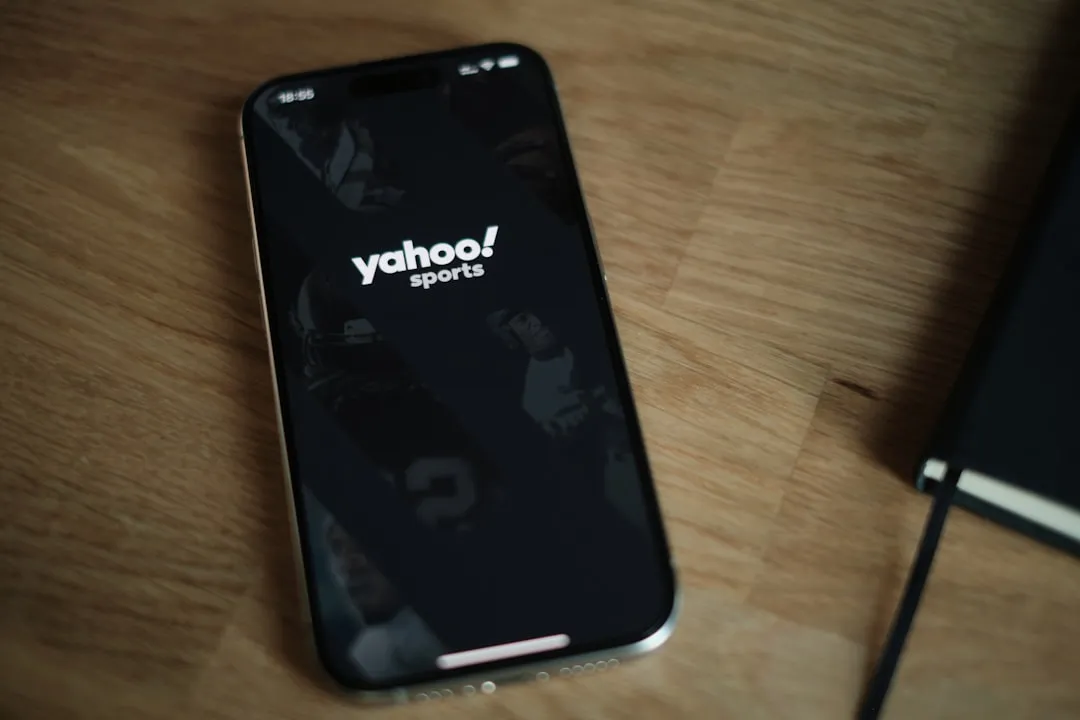

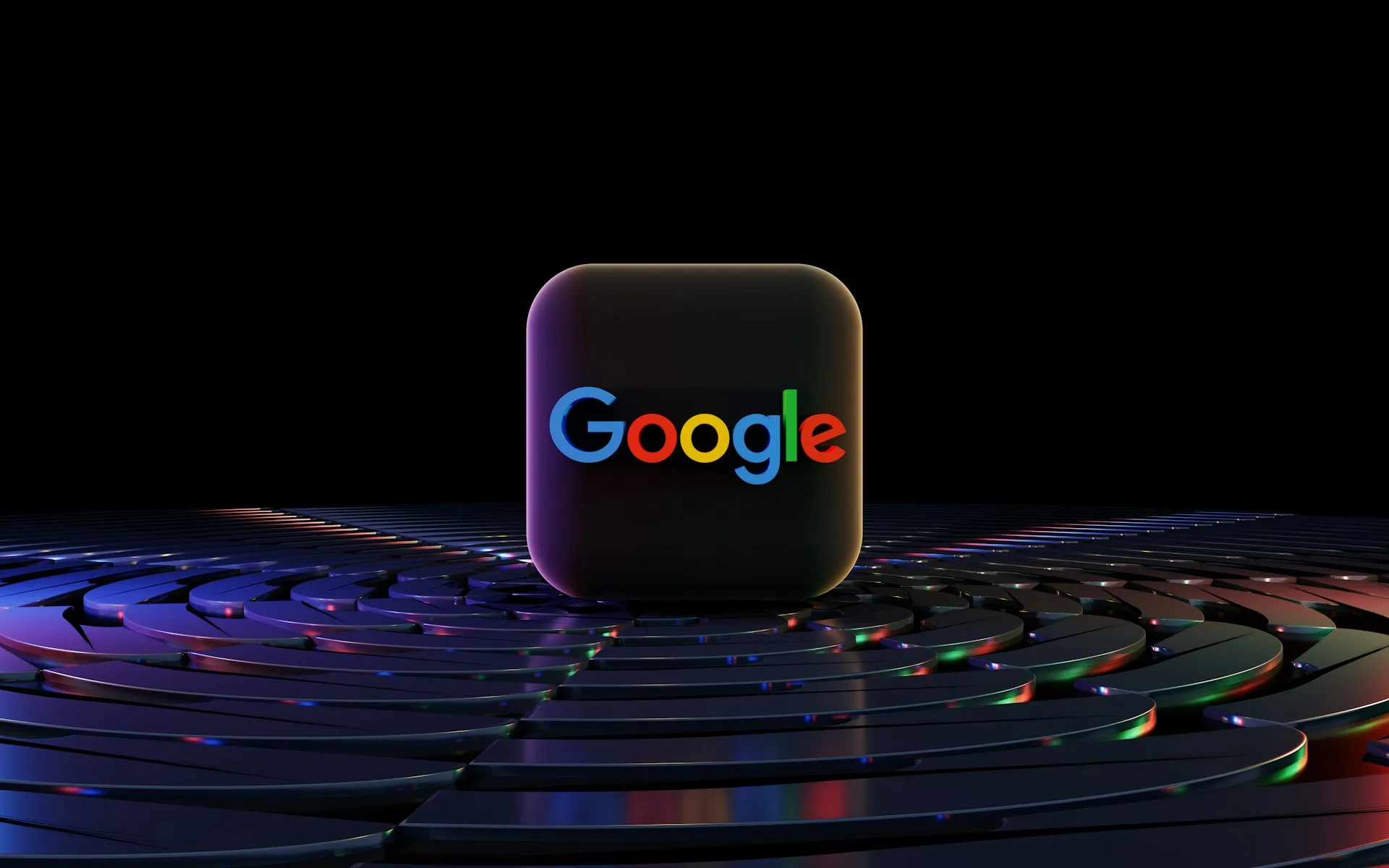
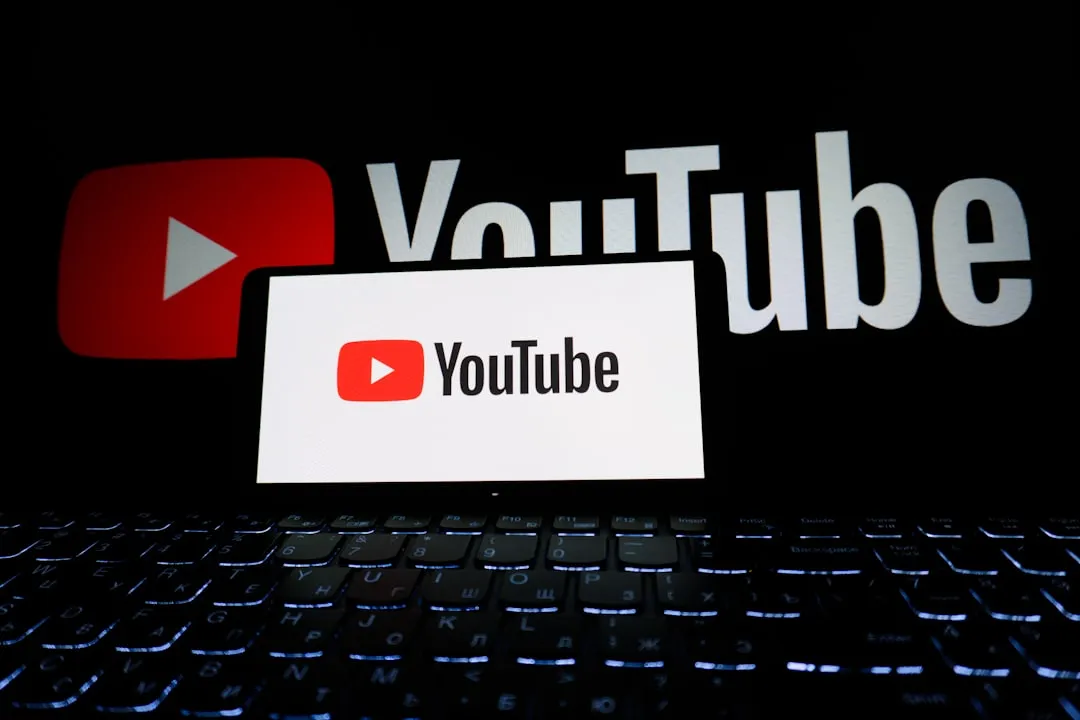






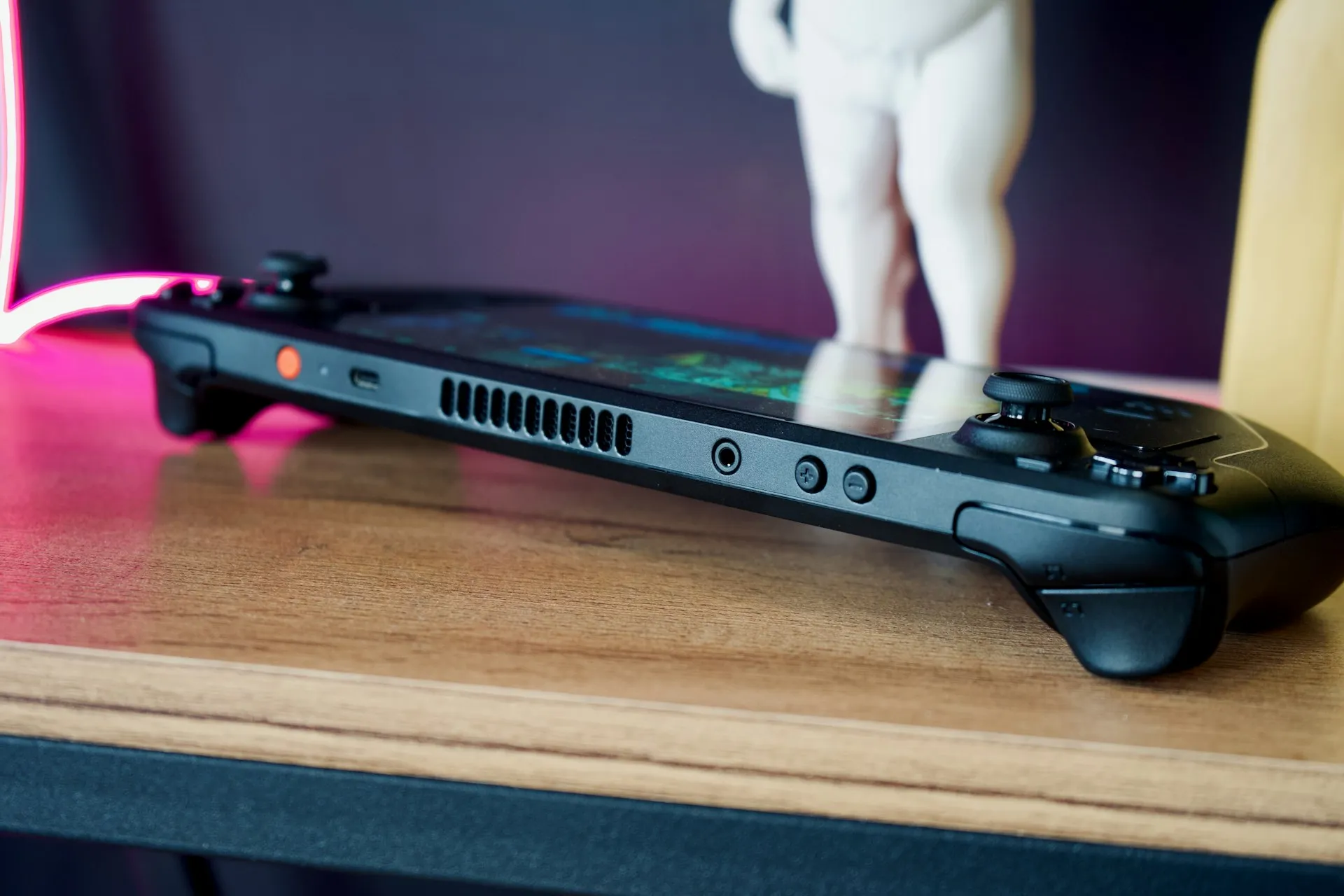
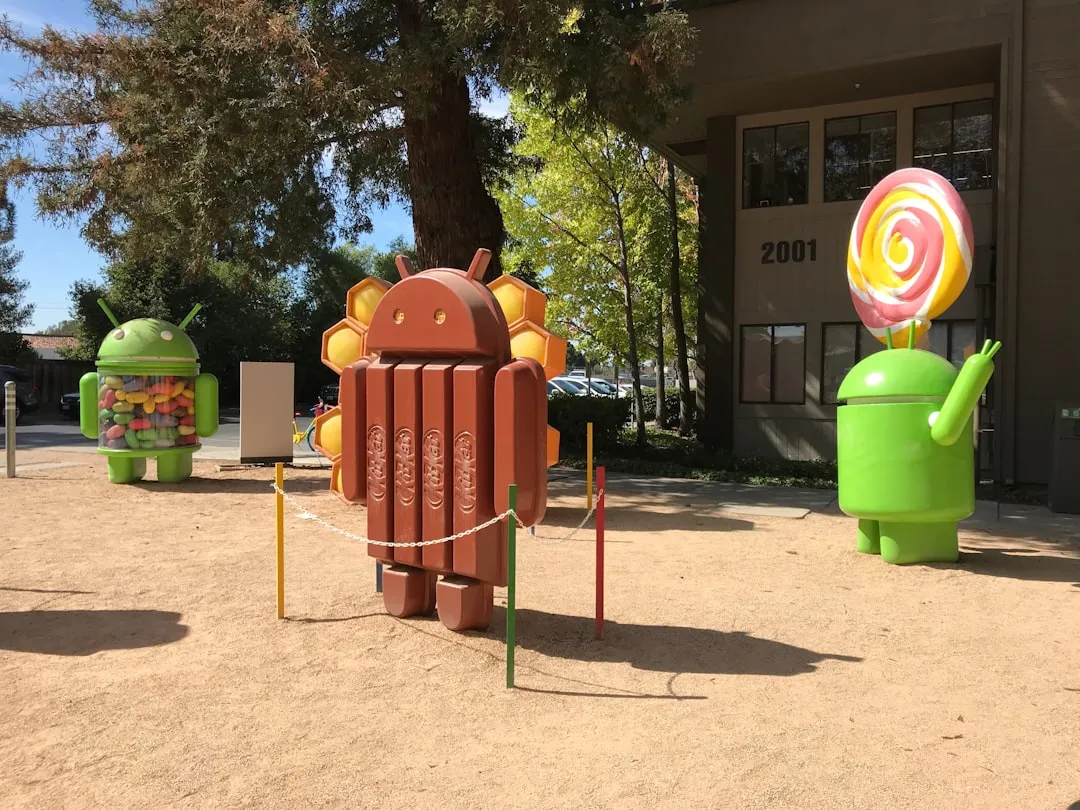
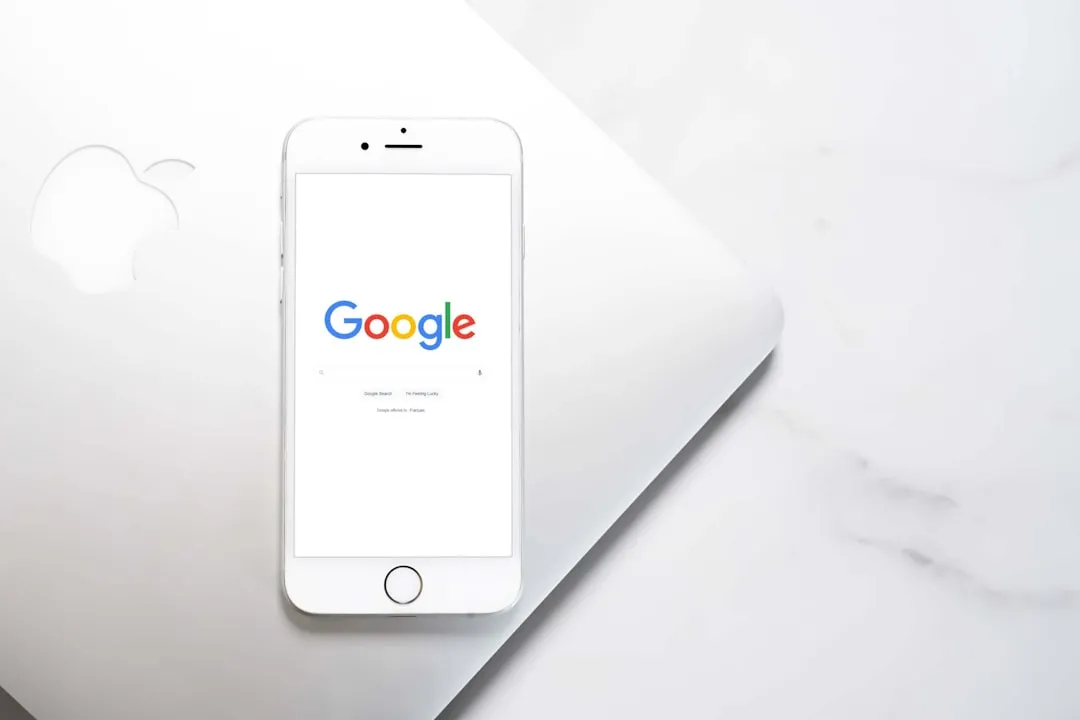





Comments
Be the first, drop a comment!